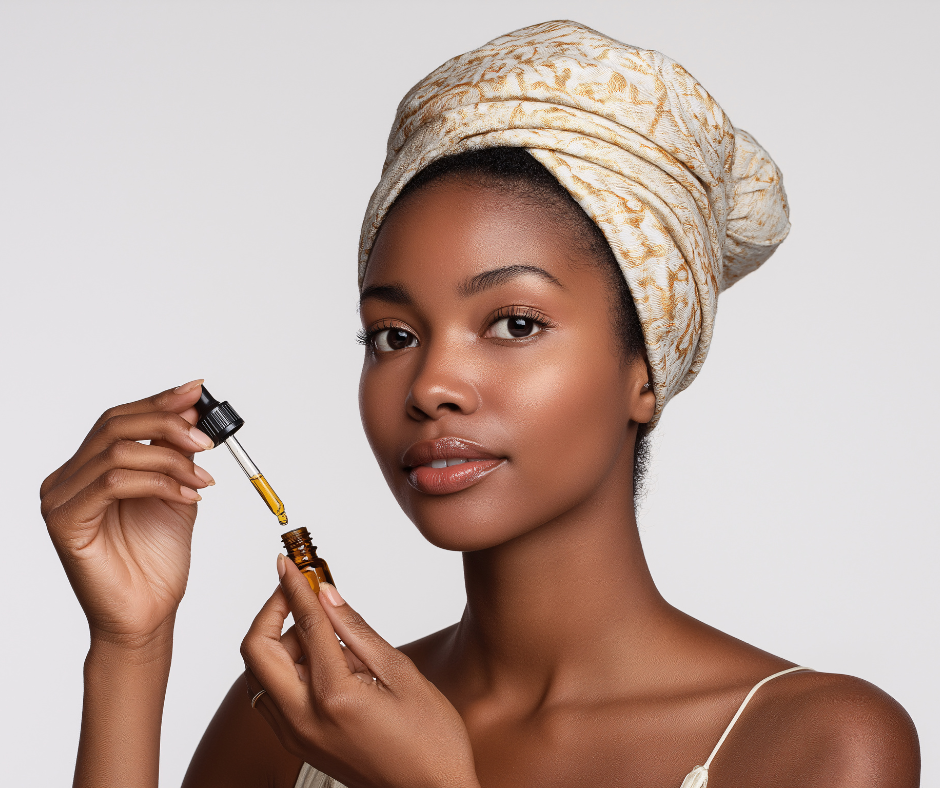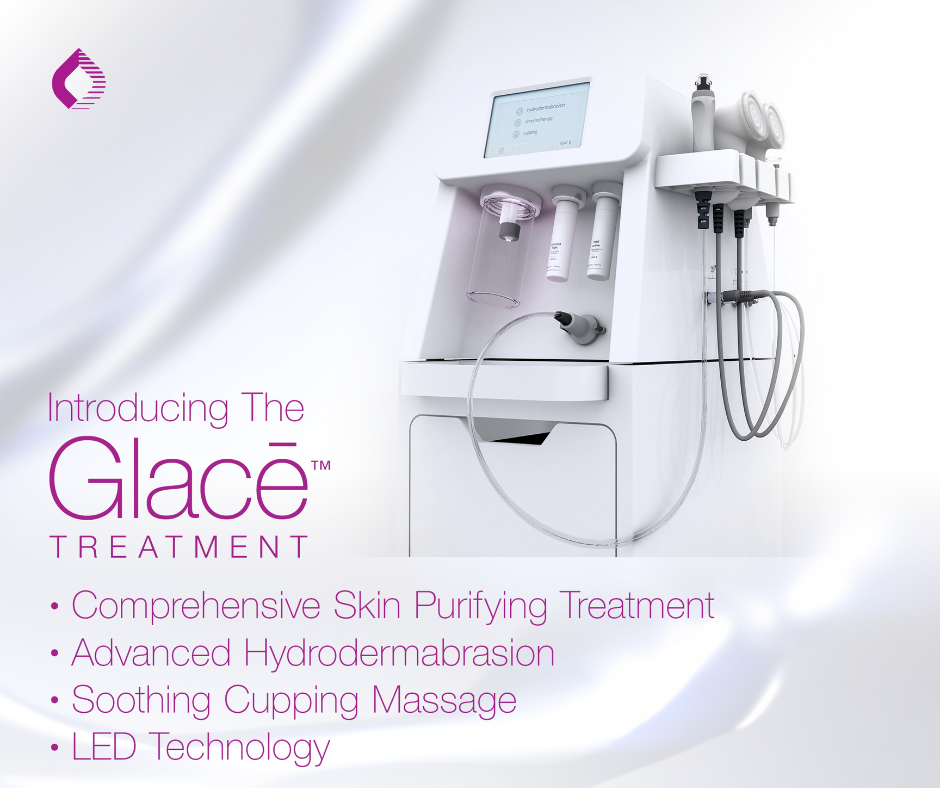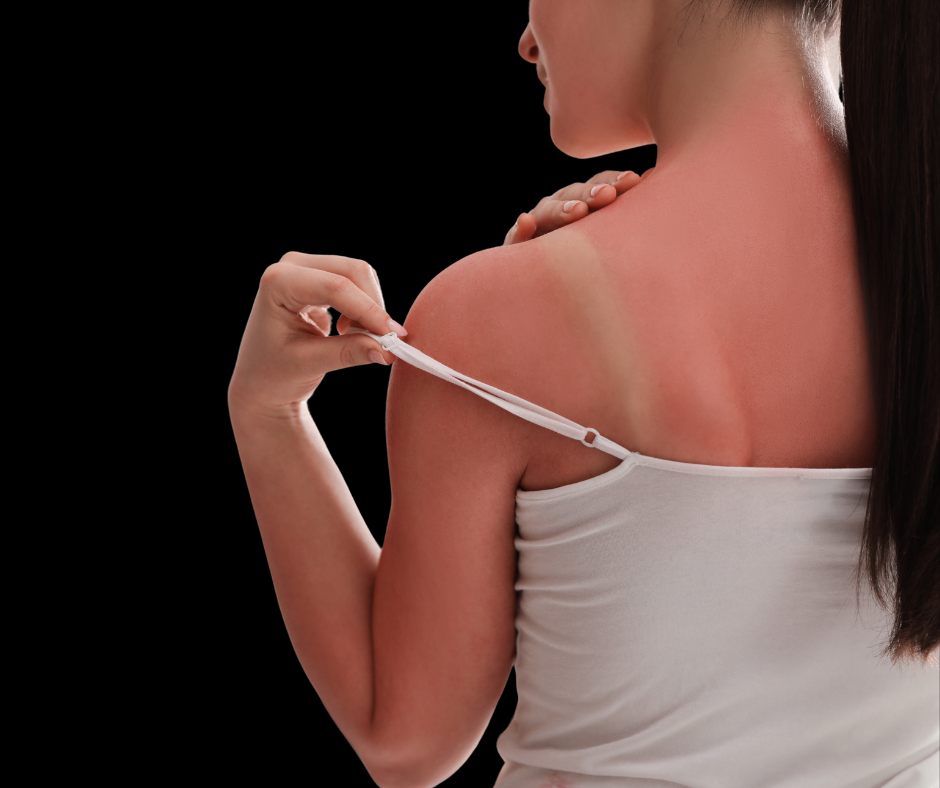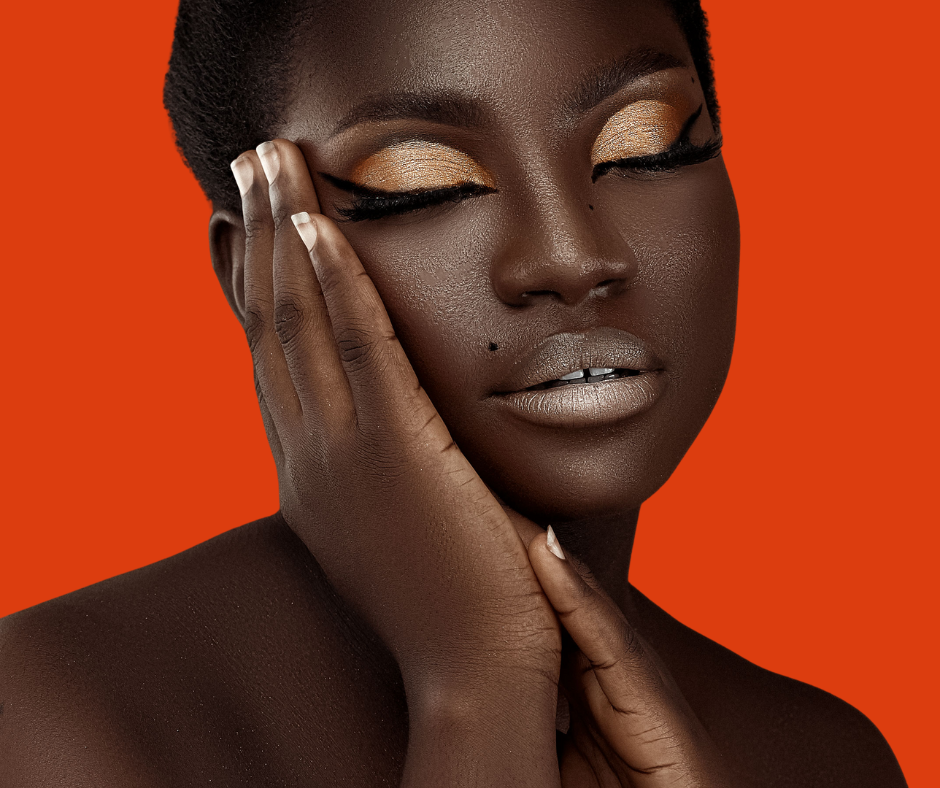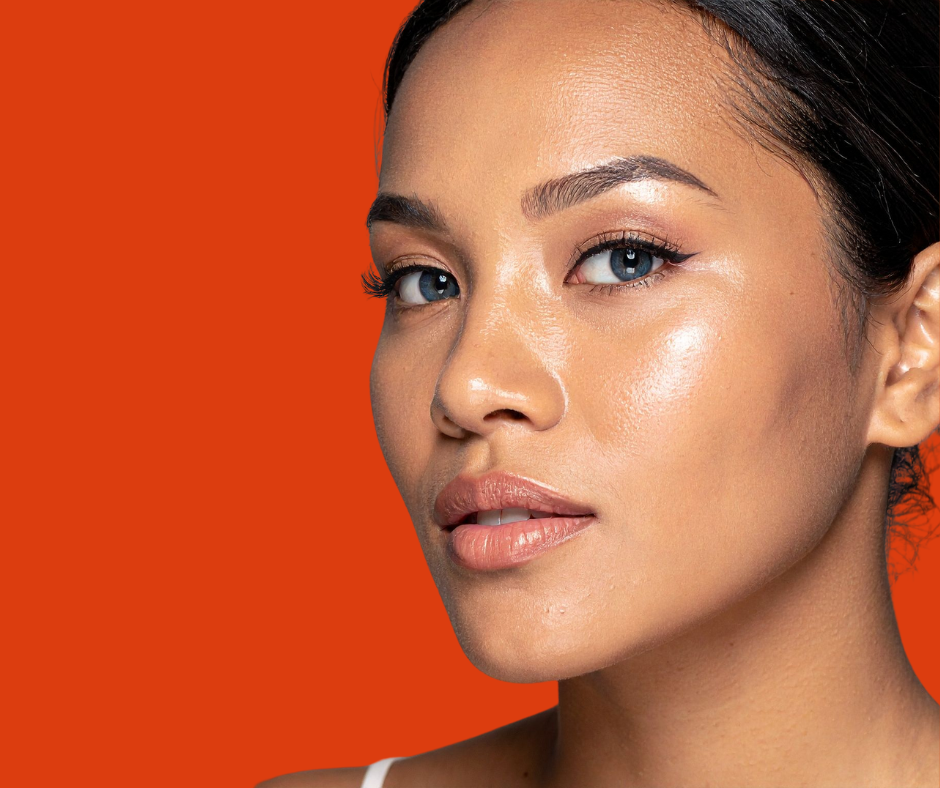10 REASONS TO BOOK YOUR NEW YEAR SKIN CHECK
Janine Mendes-Franco
Your skin will thank you
The end of one year and the start of another is a wonderful opportunity to reflect, reset, and give your skin a proper once-over. A quick dermatology check can help you enter 2026 with clarity, confidence, and a personalised plan to put your best face forward…
2. Detect to protect — Skin cancer is real. A dermatological consultation can help identify tiny changes and potential problem areas long before you notice them. We examine moles, freckles, tags and other skin marks — especially those that may have changed shape or colour — and help you update your sun protection plan for the upcoming dry season.
3. Put an end to procrastination — The more you ignore small issues, the worse they become (and the harder they are to treat). Now is the perfect time to deal with pesky skin conditions like hyperpigmentation, melasma, or dark spots that have worsened over the past year.
6. Create a long-term anti-ageing plan — Are you doing everything possible to protect your skin from premature ageing? An annual skin check can help formulate a strategy, including the use of injectables or other treatments if that appeals to you.
7. Get personalised and trustworthy medical advice — Social media is great at making users aware of products and treatments, but when it comes to skin health, you’re better off consulting your dermatologist than guessing what’s best for you based on TikTok trends.
8. Go head to toe — People may forget that dermatology is so much more than skin; it extends to the health of the scalp and nails. Sometimes, hair and nail conditions can signal other wellness concerns, so it’s a good idea to get them checked out.
9. Prep for upcoming events — Most of our patients don’t just visit us when they have a concern; they also regularly use our medi-spa for skin treatments that give them that glow for special occasions like weddings, graduations, Carnival, and even work functions.
10. Start the year with confidence — Your skin is one of the first things people notice when they meet you, so make sure you’re sending the right message. A New Year checkup can help you formulate your skin health goals, devise a clear plan, and ultimately enjoy the freedom that comes from healthier skin.

